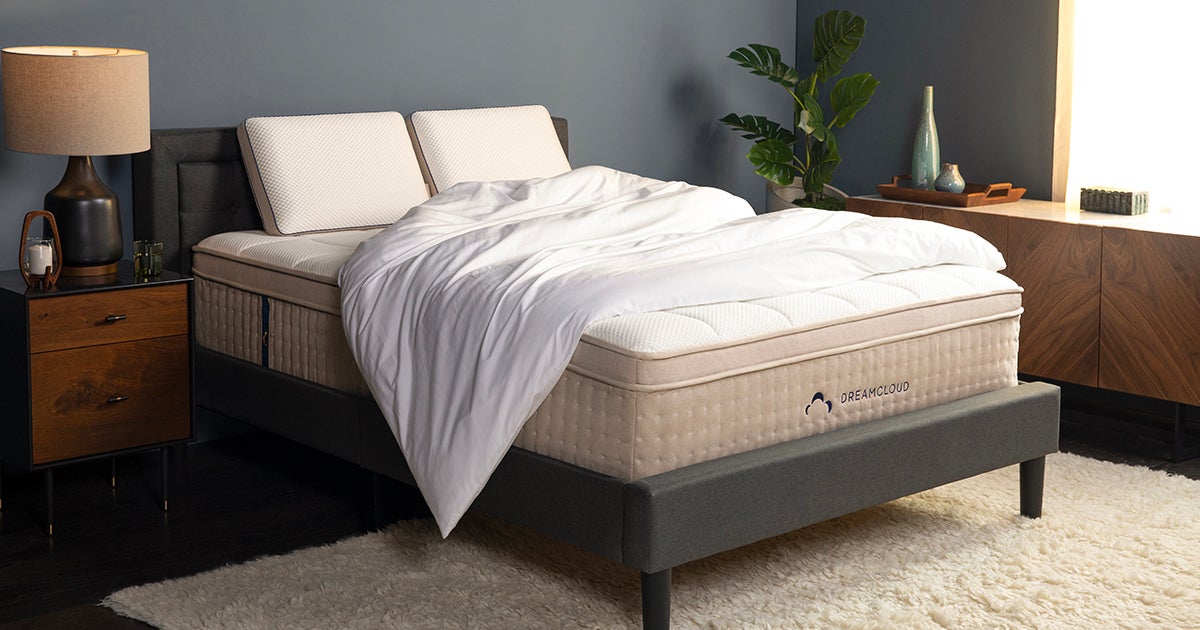Emma Diamond Hybrid Mattress – EMABD999999AAA
Emma Diamond Degree® patented technology. High density foam layer with graphite dust for temperature regulation. Optimized for deep sleep. Dynamic support from pocket spring and memory foam. Machine-washable covers.
• Emma Diamond Degree® patented technology
• High density foam layer with graphite dust for temperature regulation
• Optimized for deep sleep
• Dynamic support from pocket spring and memory foam
• Machine-washable covers
Emma Diamond Hybrid
Take your sleep to the next level with the Emma Diamond Hybrid. This mattress has all the needed features to give you the sleep you deserve. Our multi-layer HRX support foam will provide 3 zone back support for optimal cushioning and support. Our individual encased spring layers offer motion isolation while also giving superior durability. Finally, our Diamond Degree® Graphite foam is optimized to take away excess heat, making sure your temperature is ideal for a full night’s sleep.
Additional information
| Single mattress | (188 x 92 x 25 cm) |
|---|---|
| King Single mattress | (203 x 107 x 25 cm) |
| Double mattress | (188 x 138 x 25cm) |
| Queen mattress | (203 x 153 x 25 cm) |
| King mattress | (203 x 183 x 25 cm) |






Reviews
There are no reviews yet.